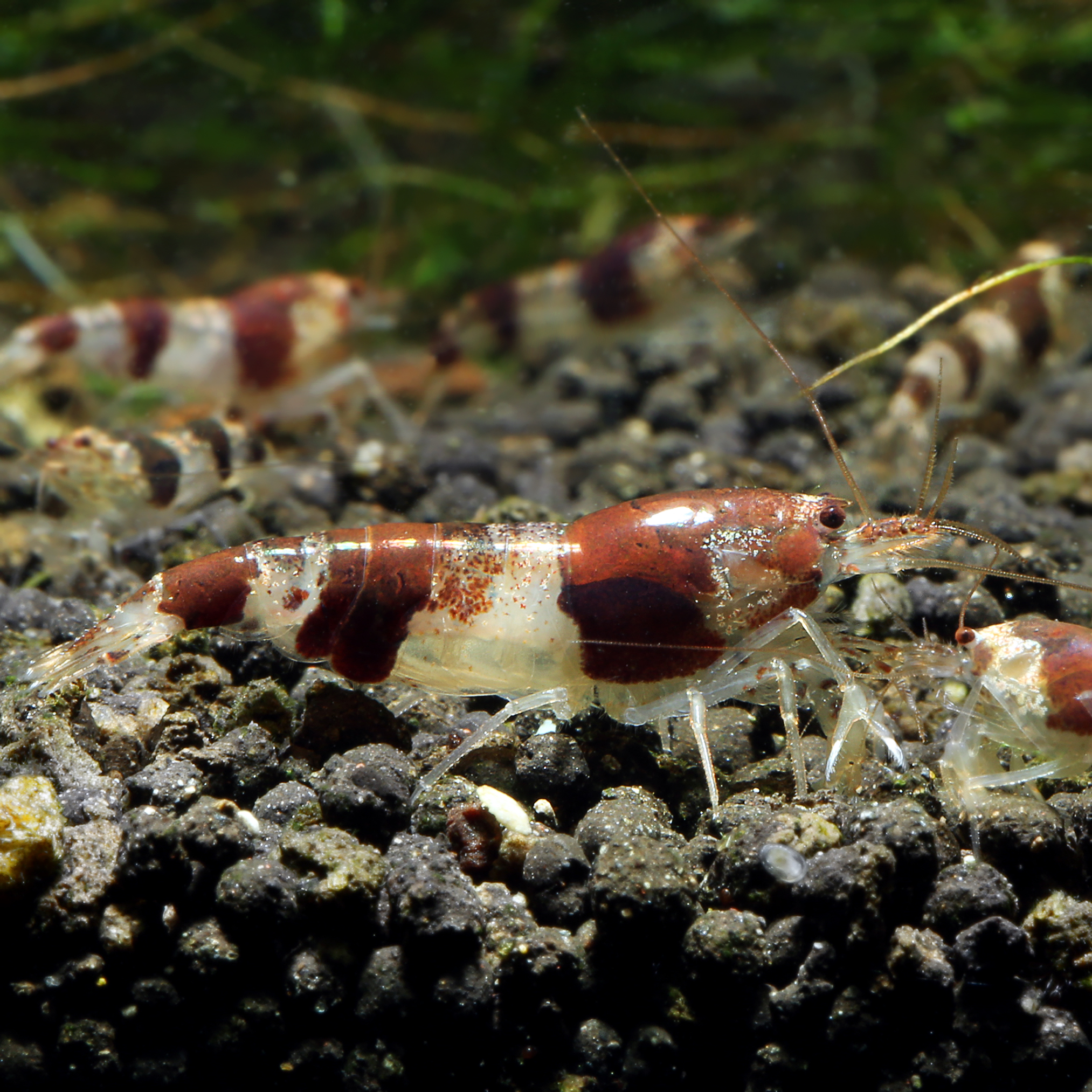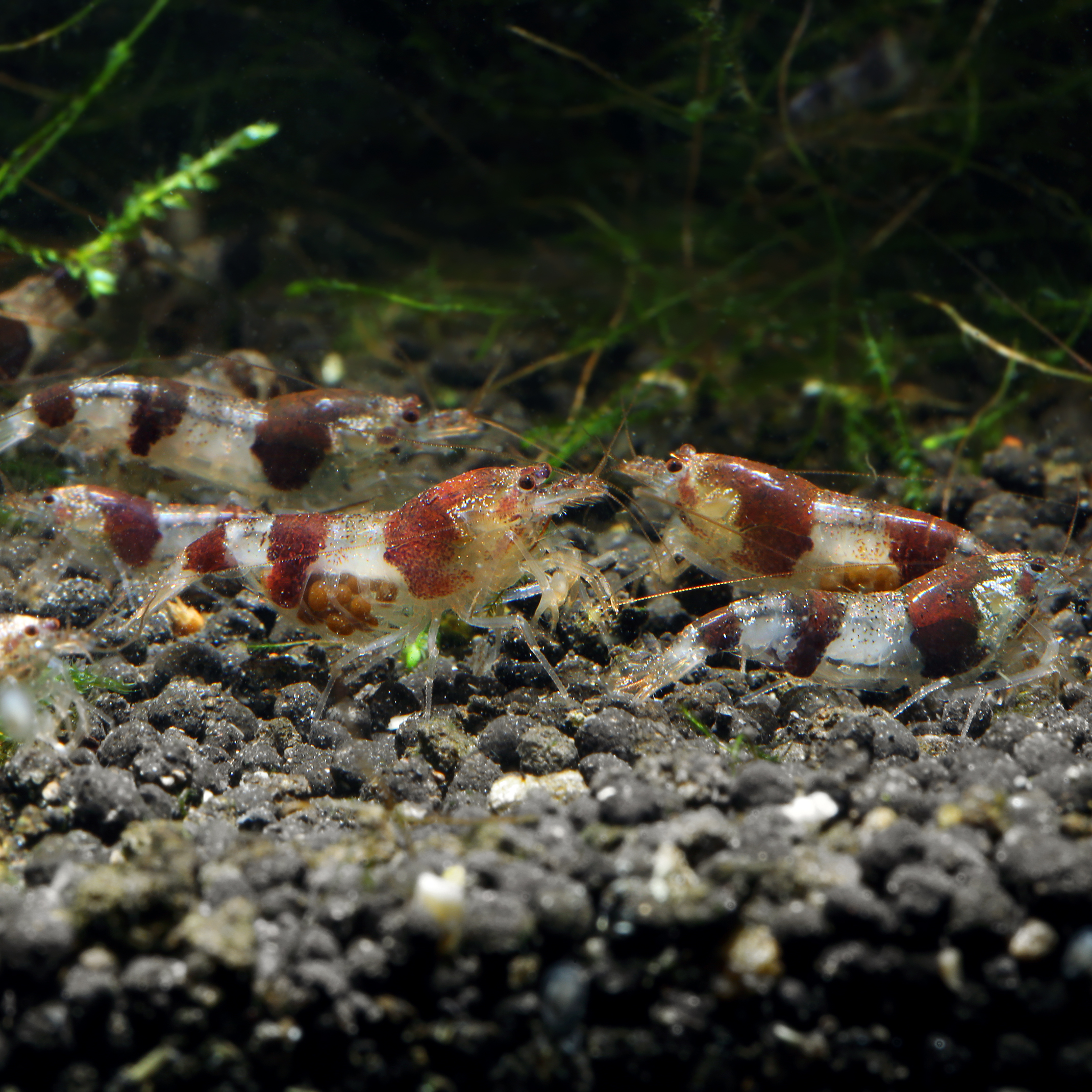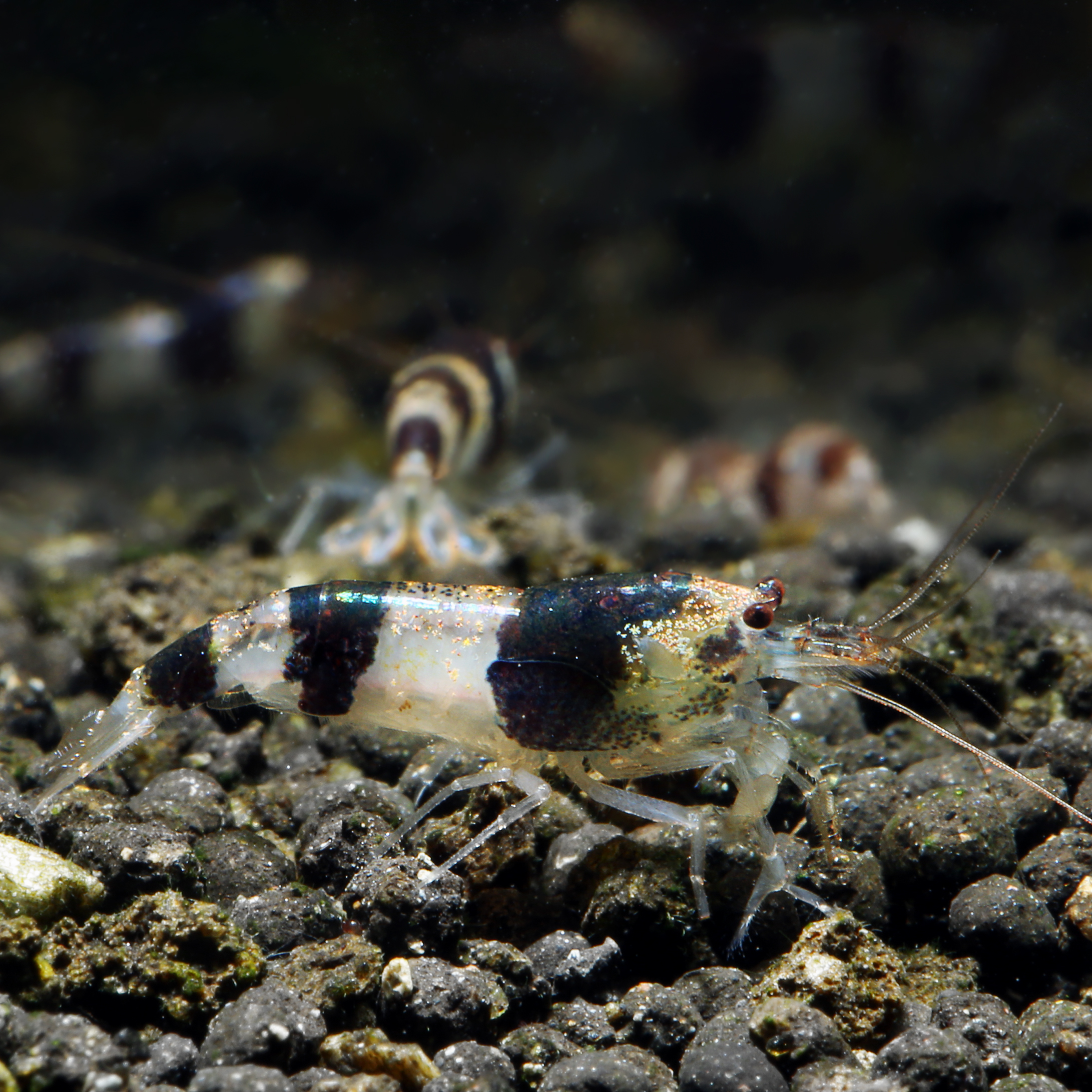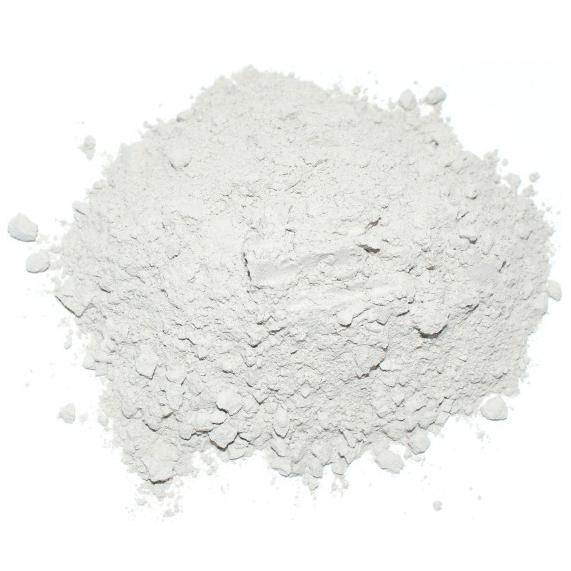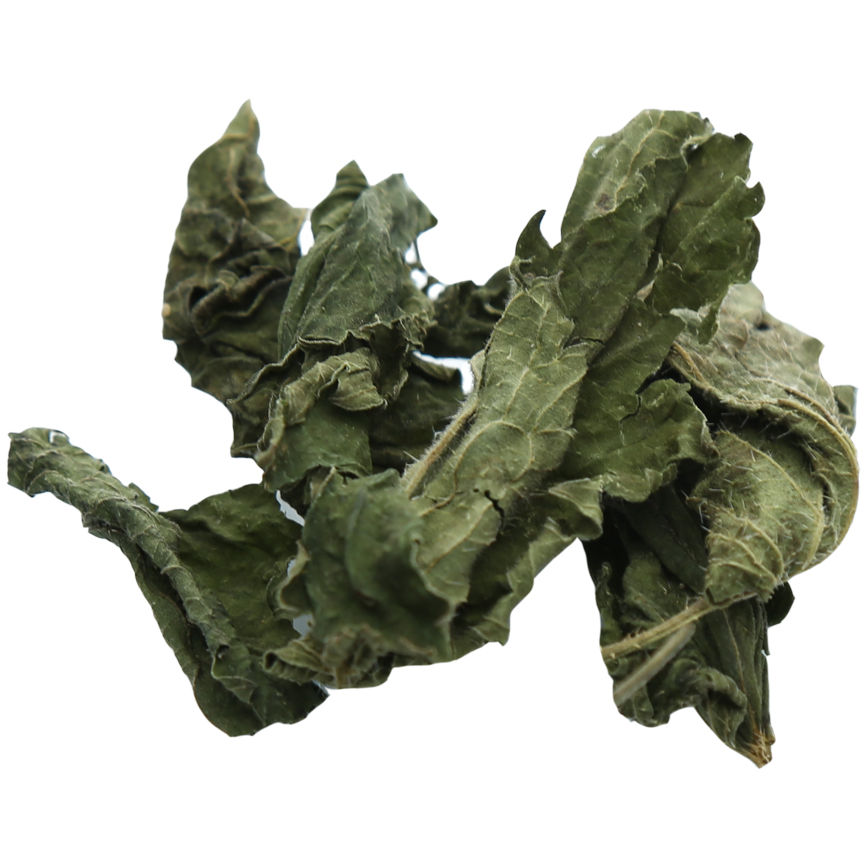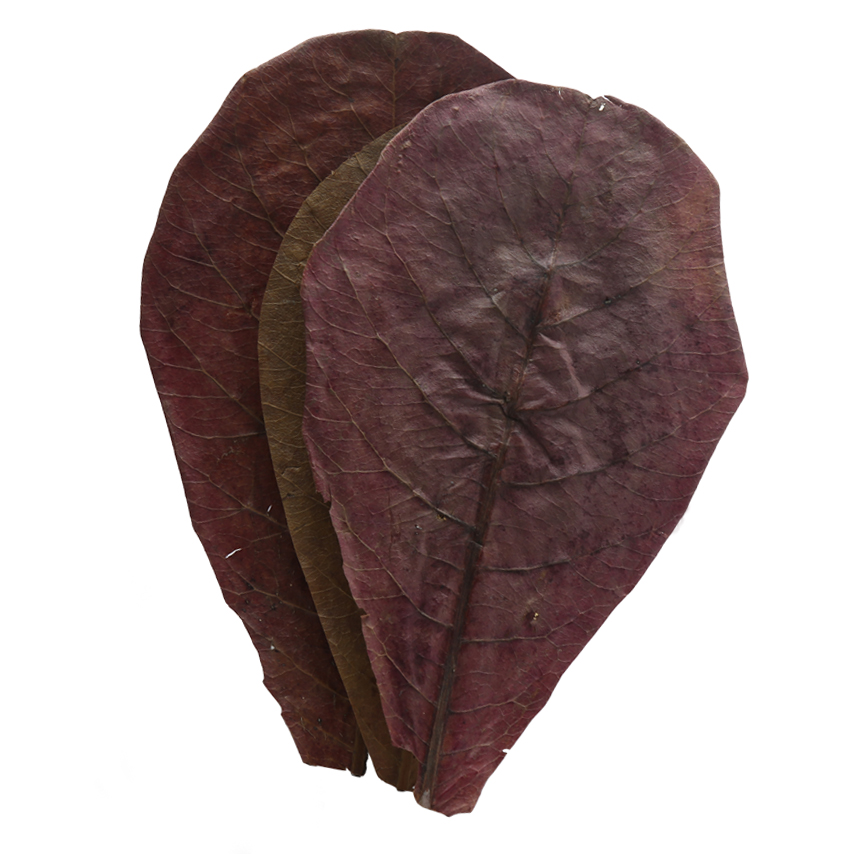Bumblebee shrimp
Caridina venusta
The Bumblebee shrimp is a beautiful species of wild shrimp from southern China.
- pretty wild form
- dark, vertical bands
- rarely available
Out of stock
Receive in-stock notifications for this.
 Delivery in a few working days
Delivery in a few working days
 Free shipping from €60 across Austria
Free shipping from €60 across Austria





Important data
Product description & details
The Bumblebee shrimp, also known as New Bee type 2, belongs to the species Caridina venusta and is a rarely available wild form from southern China. The body of this shrimp is transparent. The overlying pigmentation creates a pretty pattern of reddish-brown to black and transparent to white bands, giving it a bumblebee-like appearance. This species is closely related to the Bumblebee shrimp, Caridina breviata. Our two Bumblebee shrimp strains differ from each other externally in that the C. venusta tend to have lighter and warmer brown tones, while our C. breviata tend to be darker in color and often have a clear blue color in the head area.
Care in the aquarium
The Bumblebee shrimp is a slightly more demanding species whose needs are similar to the Bee shrimp. Keeping this beautiful shrimp is possible in aquariums with a capacity of 10 liters or more, but since the water values fluctuate significantly less with more volume, we recommend an aquarium that holds 20 liters or more. The Bumblebee shrimp requires clean, oxygen-rich, soft and lime-free water, which is why it is best kept on salted osmosis water. The Bee Shrimp Mineral GH+ is suitable as a mineral salt. We recommend active soil as a substrate, which sets and maintains the correct water parameters. It is also important that the temperature of the water does not exceed 26°C for long periods of time, even in summer. In order for this sociable dwarf shrimp to feel safe, it should be kept in a group of at least 10 animals and in a well-planted aquarium. The plants, but also roots, stone structures or shrimp tubes offer it protection and places of retreat. The Bumblebee shrimp is ideally kept in a pure shrimp aquarium, preferably together with snails. However, socialization with small, peaceful fish that do not prey on shrimp is also possible.
Feeding
As a classic leftover recycler, the Bumblebee shrimp feeds on biofilm and algae growth as well as detritus (dead plant material, carrion, leftover food). In the aquarium it can be fed with special types of shrimp food, leaves, algae powder and occasionally frozen food. Ideally, there are always brown autumn leaves in the aquarium, which represent optimal permanent food for the animals.
Sexual characteristics and breeding
Sex determination is usually not possible in young animals, but only in sexually mature animals. Juveniles and males have a narrower underside of the abdomen, while sexually mature females have a wider underside that covers the swimming legs like a “skirt”. This widening of the abdomen serves to protect the eggs, which the female carries and cares between her swimming legs until they hatch. As with most dwarf shrimp, female Bumblebee shrimp adults are slightly larger than males. The reproduction of the Bumblebee shrimp takes place in fresh water and breeding in the aquarium is possible without any problems if the water parameters are correct. After a gestation period of around 3 to 4 weeks, the female releases around 10-30 fully developed shrimplets, which initially feed on microorganisms present in the aquarium and can be fed with dust food.
